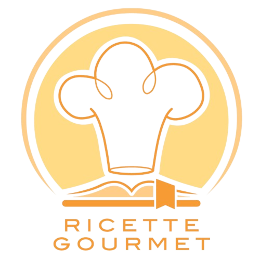The pajata is one of the dishes symbol of Lazio and Roman cuisine. Is consumed as a second flow rate or to dress the pasta. This specialty is obtained from the upper part of the small intestine of the calf that you use precisely to prepare that dish, or for pasta.
The original recipe of “pajata alla romana” is made with the intestines freshly slaughtered. It must be present even the chyme inside, ( milk ingested in digestive phase), which gives the typical taste. After having cut the intestine in long pieces of 10/15 centimeters ( 5-6 inches), must be formed many small rings and fasten them one by one with kitchen string so that it fits exactly the chyme.
Once formed all the rings, cook them in a pan as in the method described below. Unfortunately in the last decade the pajata became forbidden by law, so at the beginning of the new millennium the pajata is disappeared completely.
The recent history of pajata
Disappearance from Roman tables from the distant 2001 because, in full psychosis mad-cow time, the European Union forbade the selling of pajata for the danger of transmission of BSE, better known as bovine encephalopathy spongiform. Since then were many imitations, the famous “quinto quarto”, (that we in Italy call offal parts) of yolk sac has been tried to replace with the one lamb or sheep, but the result was not the same. Finally, after 8 long years, since 2009, the EU court, has entered Italy in countries at risk controlled, allowing the marketing of these offal.
Pajata recipe
Ingredients
- 1 kilogram (2,2 lbs ) of fresh pajata already stripped;
- 1 kilogram ( 2,2 lbs) of tomato sauce;
- 1 chopped onion;
- 3 cloves;
- 1 clove of garlic;
- 1 glass of white wine,
- salt and ground pepper.
Method
Pour in a pan a little oil, the chopped onion and garlic crushed.
Let wither a couple of minutes on medium heat.
Add the rings of pajata and brown it.
Pour with white wine, and when it will be evaporated add the tomato sauce.
Season with salt and pepper and cook over low heat for 20 minutes.
Other roman cuisine recipes.
